#235: Developmental Mycology
Developmental biology focuses on the question, “How do organisms start out as a single cell and then become large complicated structures with distinct tissues, shapes, and sizes?” In the context of mycology, studying development means researching the formation of structures such as mushrooms, sclerotia, and rhizomorphs. Not surprisingly, most developmental mycology research focuses on mushrooms, which are the largest and most interesting of the complex structures formed by fungi. In my previous post (FFF#234), I summarized what we know about mushroom development. Today, I will go into more detail on the mechanisms and processes that drive fruitbody development.

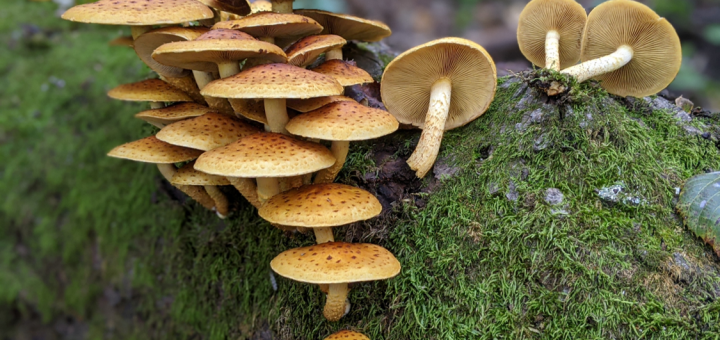
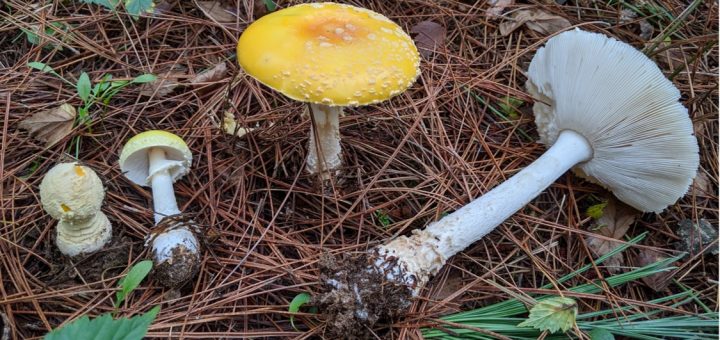
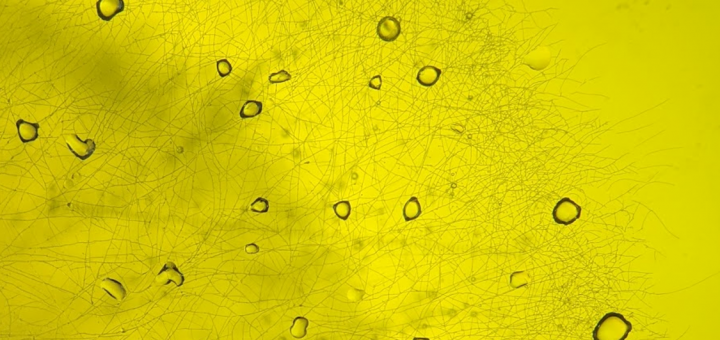
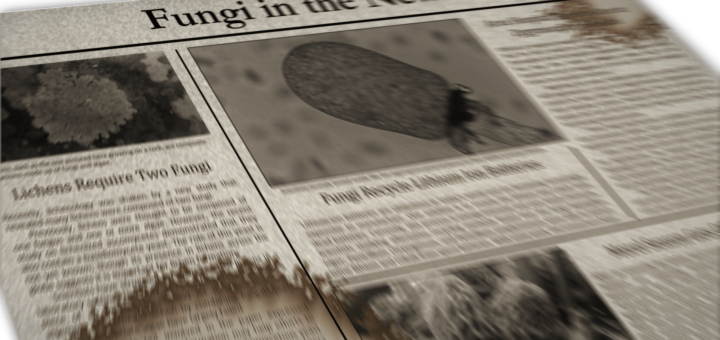
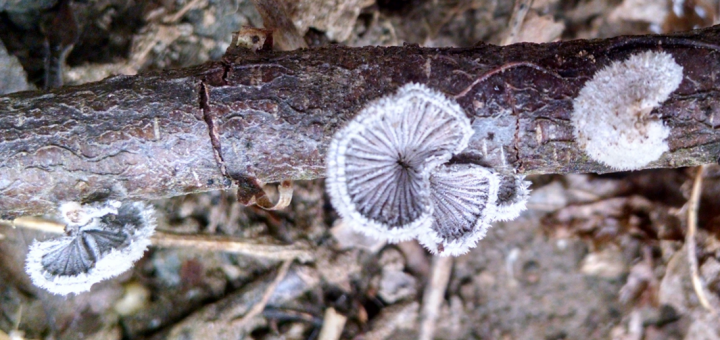

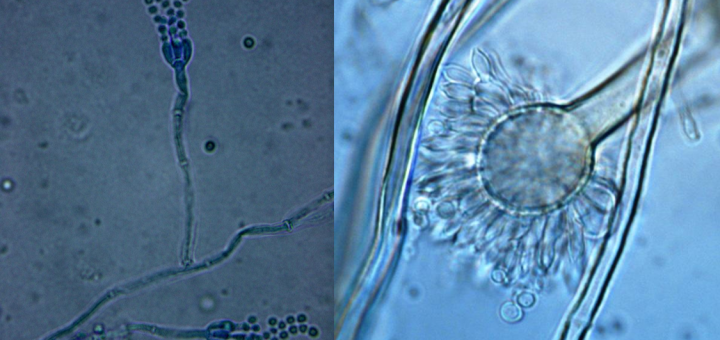
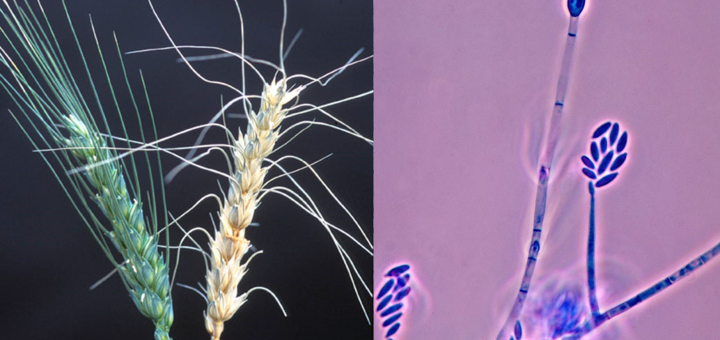





![#011: Characteristics of Kingdom Fungi [Archived]](https://www.fungusfactfriday.com/wp-content/themes/hueman/assets/front/img/thumb-small-empty.png)
